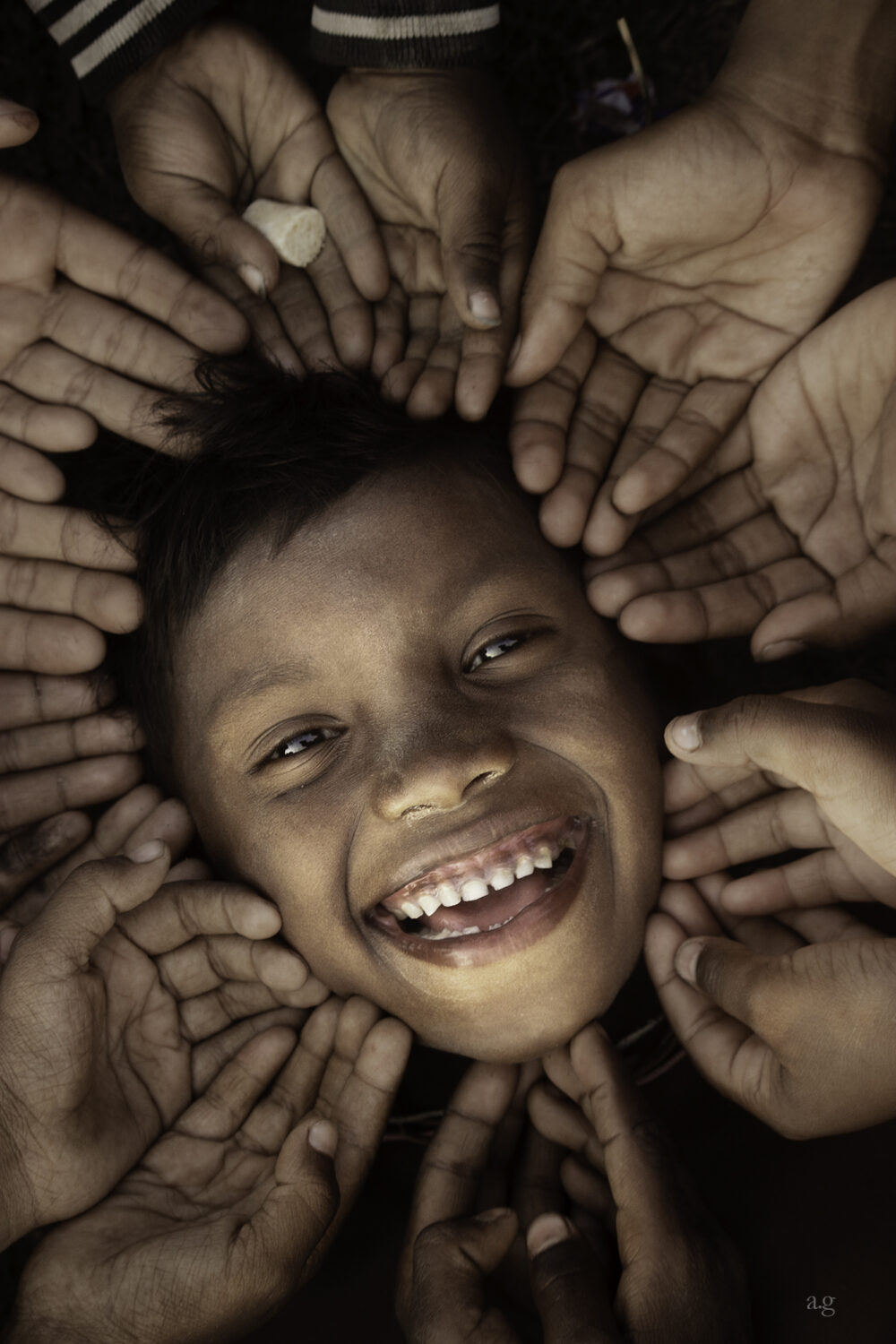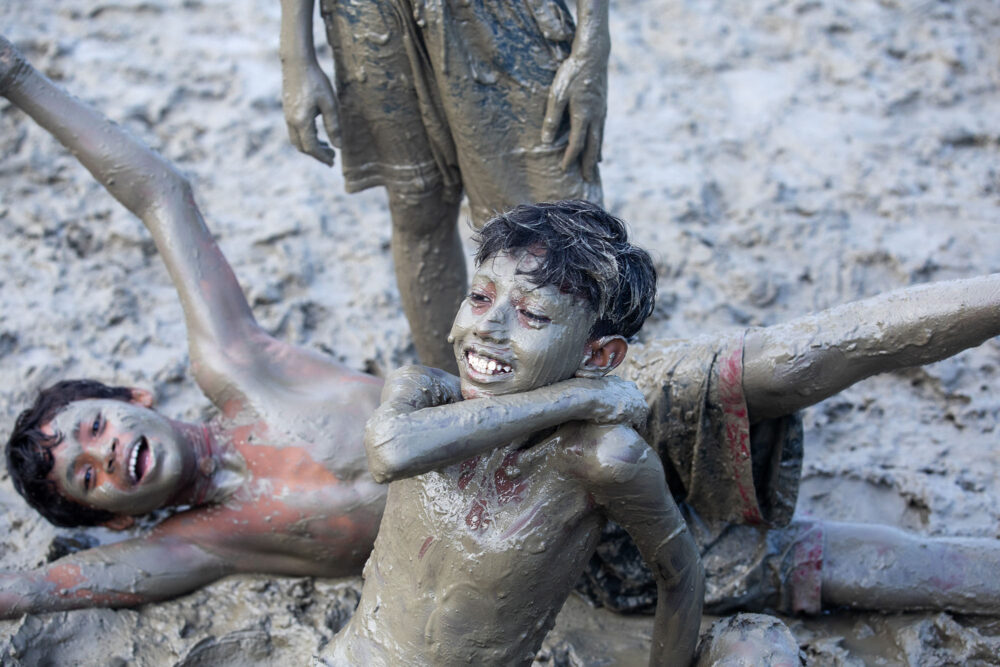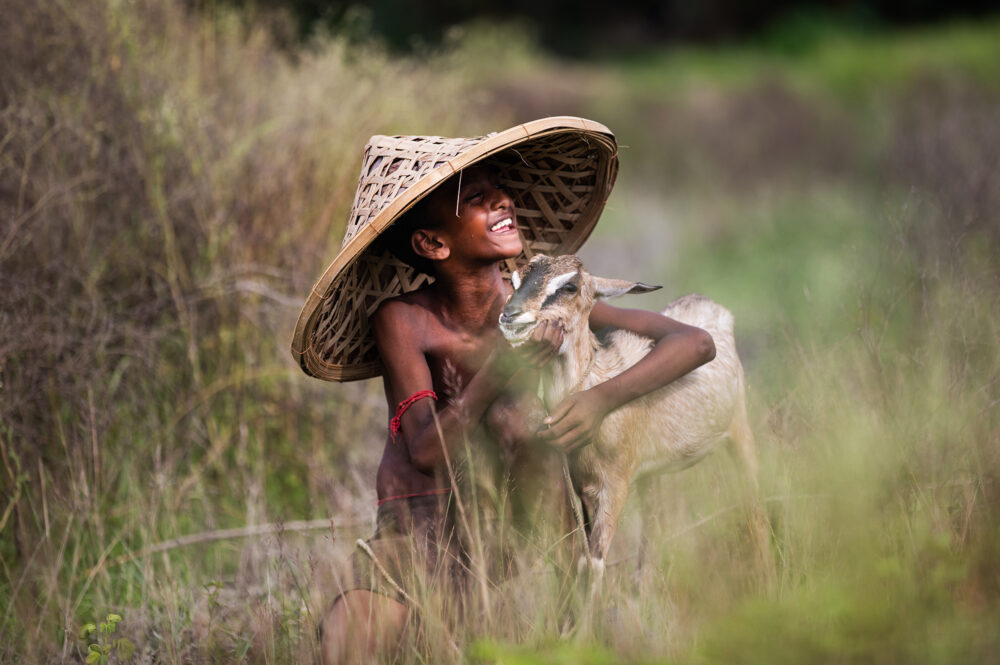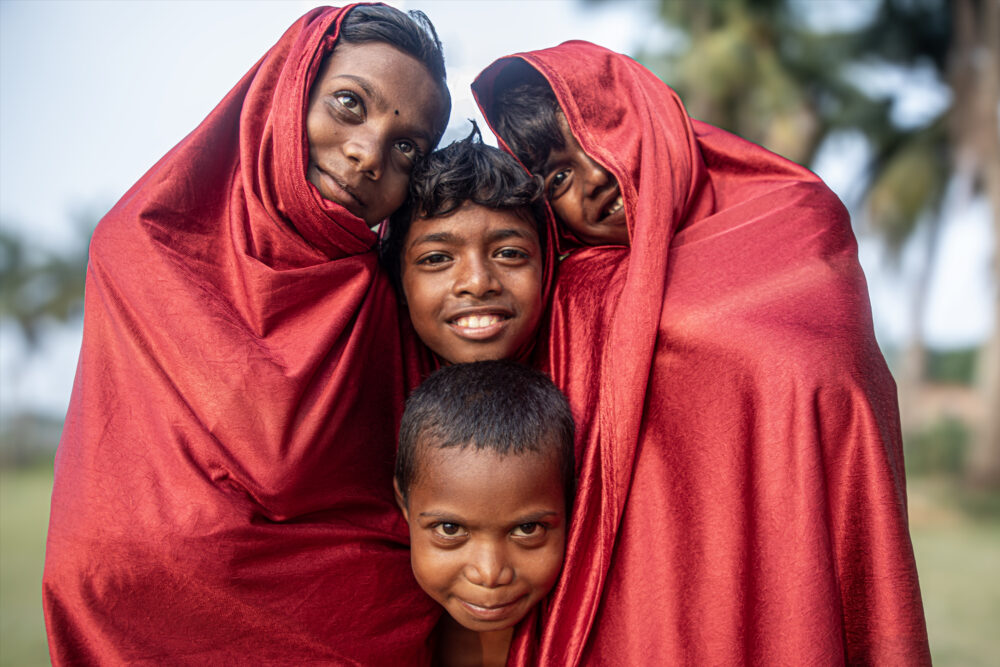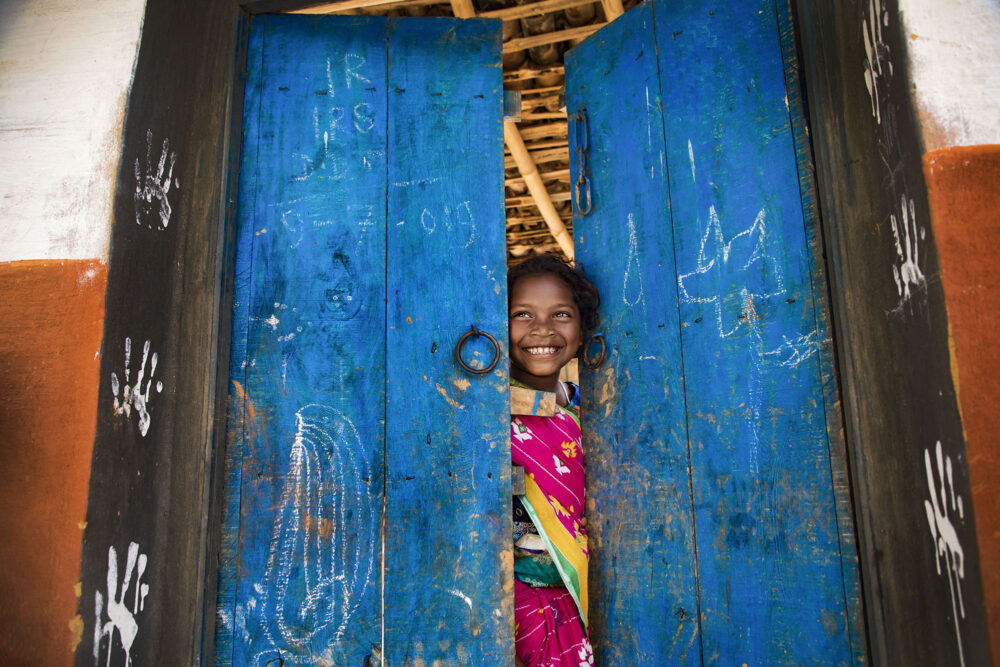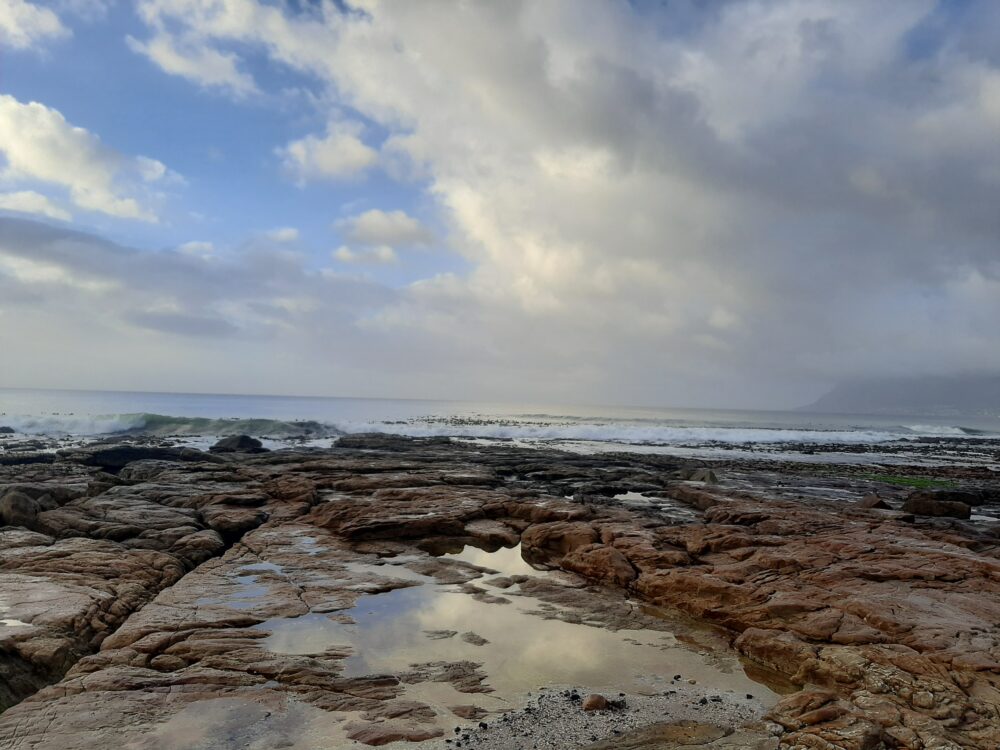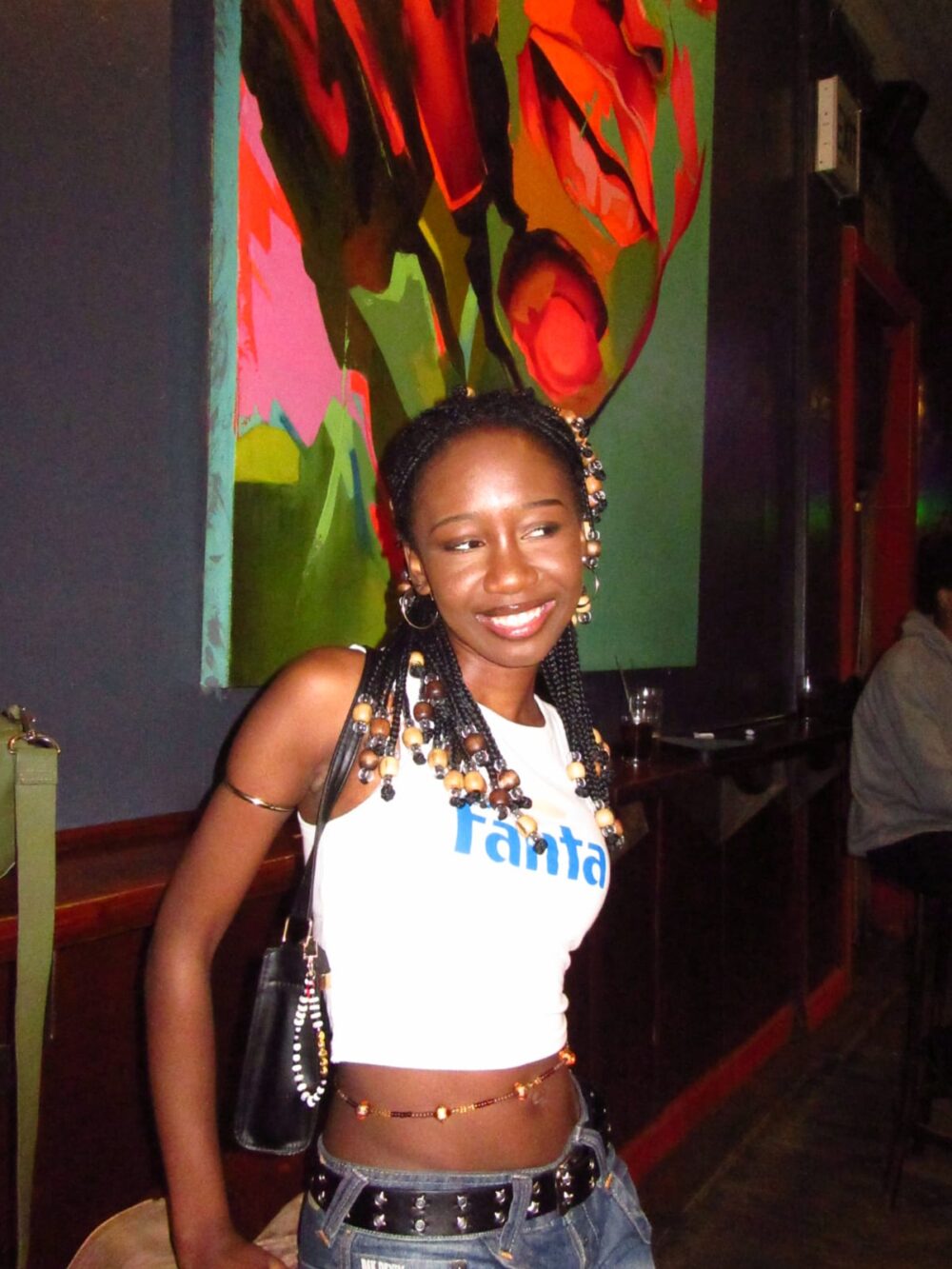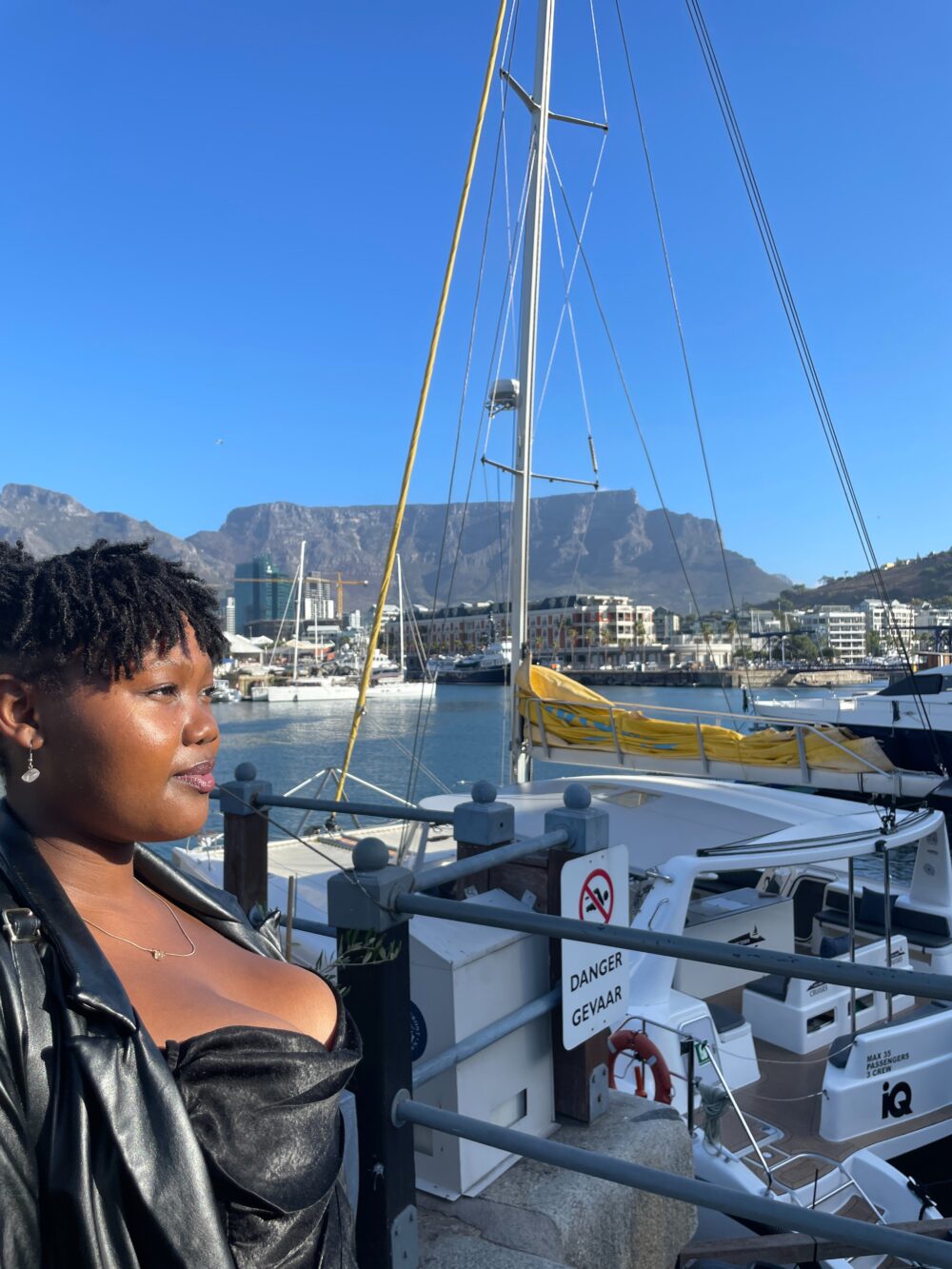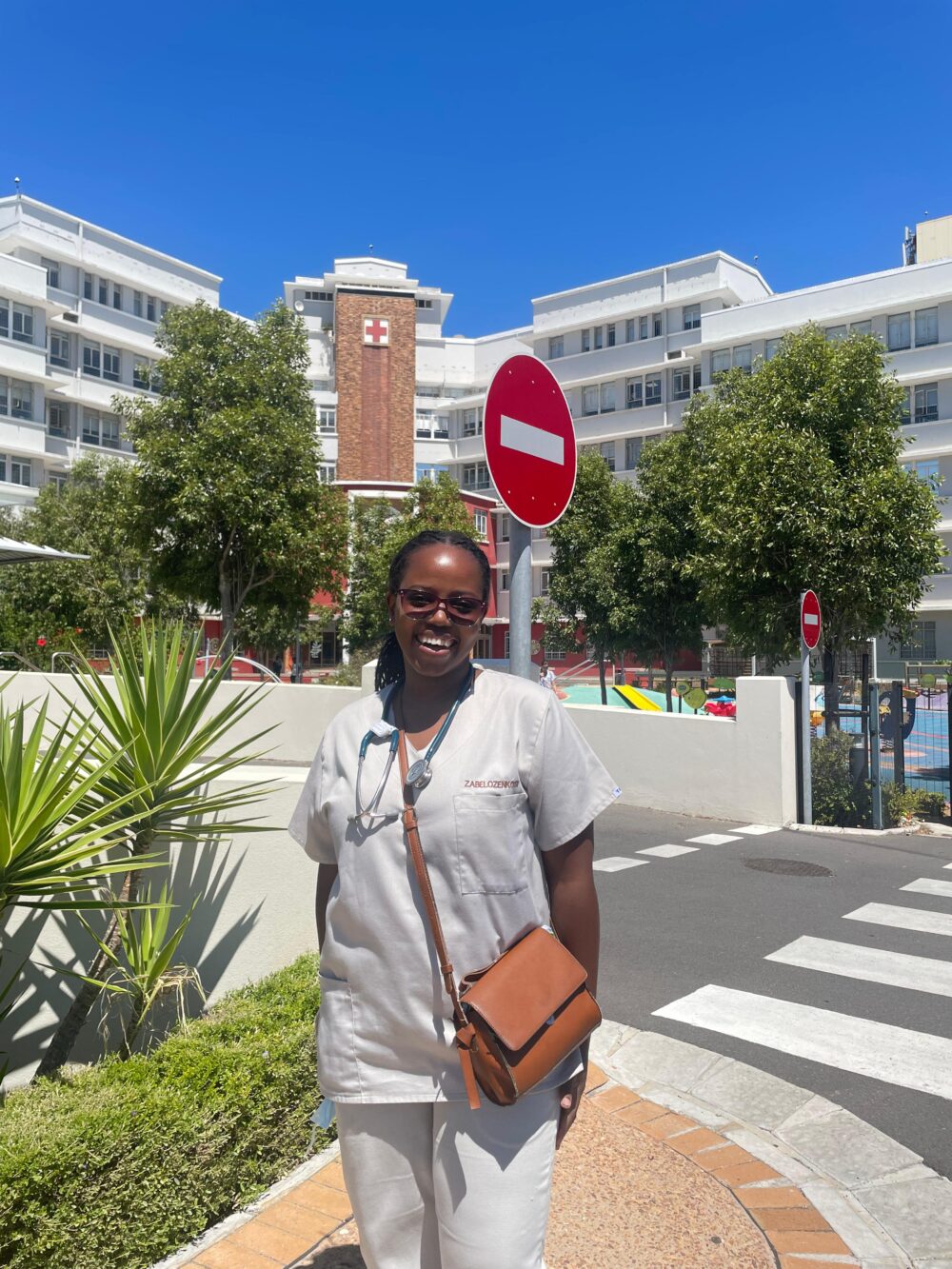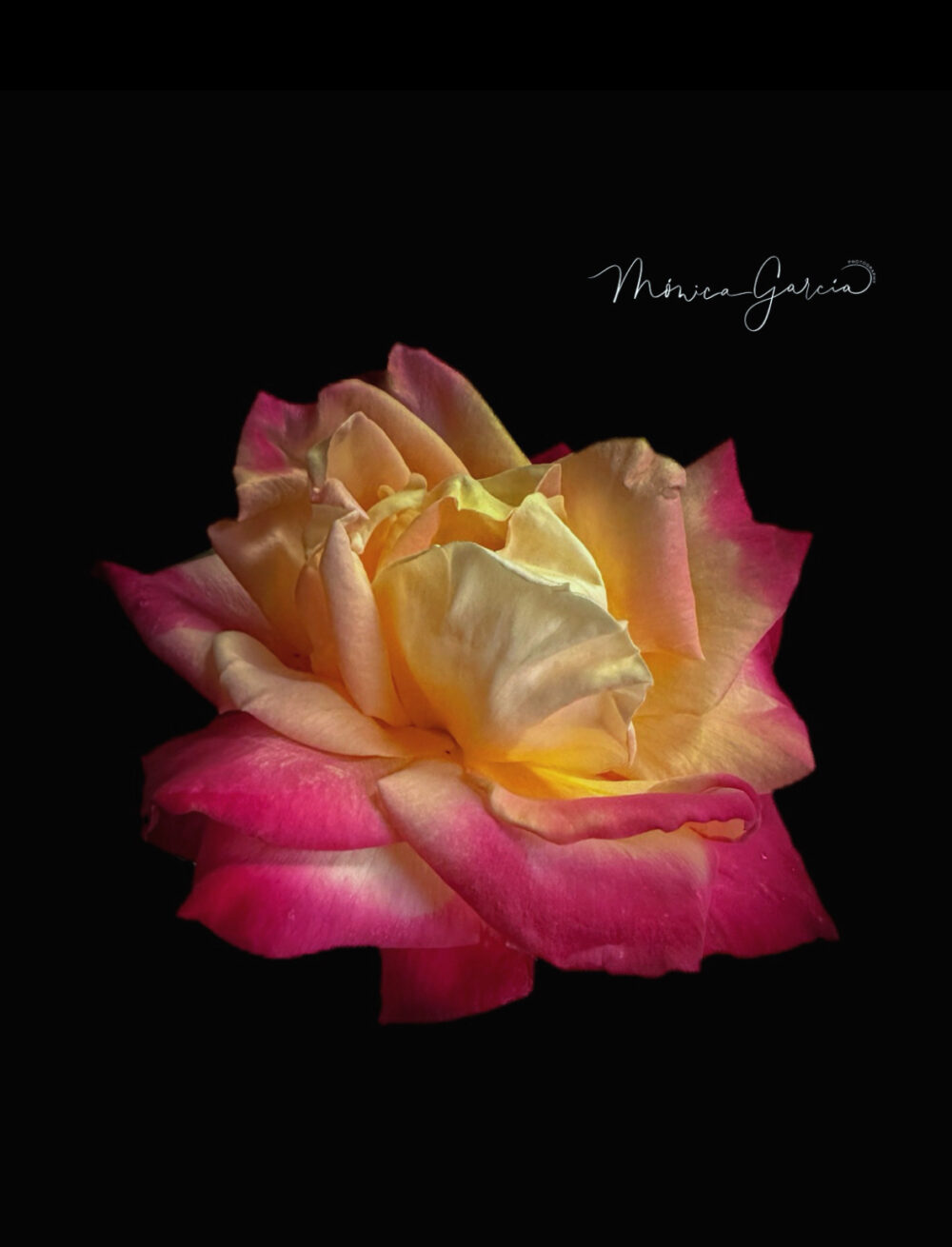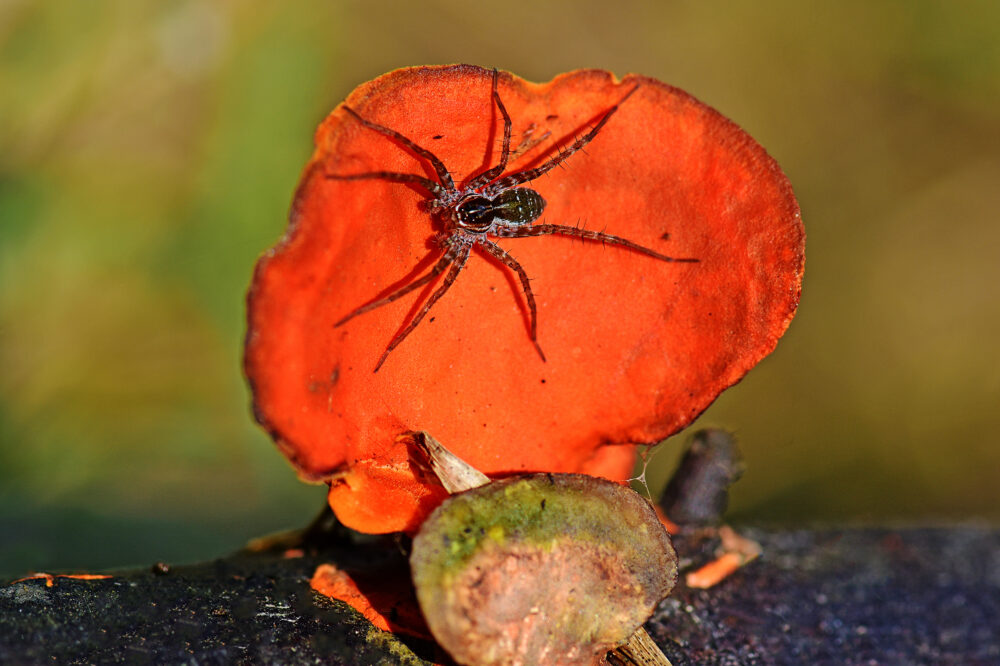
Months later, I’ve realized that missing friends is more than just a feeling– it’s a whole experience. Revisiting this writing reminds me to view friendships as art, where each memory adds beauty and deepens my appreciation for the present.
From July 10th, 2024:
During COVID, time seemed to move in mysterious ways. Without traditional life events to mark the passage of time, our sense of experience entered a liminal space where days blurred into weeks, and weeks stretched into months. The return to everyday life over the past two years has brought a renewed sense of dynamism and possibility, most importantly allowing friendships and connections to grow face-to-face once again.
Dr. Christopher Peterson, one of the founders of positive psychology, has summed up the field in three words which documents the importance of finding support for others: “other people matter”. This notion of expressing care and support for relationships has been vital for human advancement and evolution. For instance, during the habiline period, the development of group hunting allowed for more success in being able to secure more food and sustenance. It was also during this time that humans could now experience first-hand how a group of altruists could beat groups of selfish individuals in relation to hunting and technological advancement.
With connection and friendships, they ground our perspective of time. Whether it’s dancing for a friend’s birthday, celebrating a goal, sharing a family tradition, or simply “galavanting” through life together (shoutout to my friend Carla for saying that), friends give life more meaning, purpose, and magic.
Recently I was confronted with a goodbye. Throughout my life, I’ve been saying goodbye again and again with the same friend, not knowing where or when we will cross paths in the world.
On our last day together, my friend and I made crepes like when we were kids, explored nature, and shot some photography.

If either of us wanted to practice slow looking, which is stopping to capture and observe a moment, we would trust the sense of time the other wanted to pursue.
These short but mighty moments felt like bursts of life where we were able to slow down time:



Ultimately our time together ended by getting the chance to drive down a road we had always wanted to see together. It was like we were six years old again.



While my friend and I have built a resilient friendship, I began to wonder if there was something more at play. While together, we were able to tap into our creative self-efficacy. It turns out, there are four different types of creativity under the 4C model:
The 4C model of creativity by Ronald Beghetto and James Kaufman :
Mini-c Creativity: Self-recognized creativity stemming from personal insights and meaningful experiences, often kept private.
Little-c Creativity: Recognized by others in everyday contexts, such as coming up with a novel idea or a new way of doing something.
Pro-C Creativity: Recognized by experts and professionals in a field, often requiring years of practice and expertise, such as publishing a scientific paper or earning a Michelin Star.
Big-C Creativity: Revolutionary contributions that stand the test of time and are recognized as significant by historians and experts, often posthumously.
Creativity is defined by its originality, novelty, usefulness, and effectiveness within a specific context. The model shows that everyone has creative potential, and personal ideas can evolve into contributions that impact others and future generations.
Friendships and Creativity
Through tapping into mini-c creativity, by taking pictures in a garden and nature, my friend demonstrated to me how we can always find ways to deepen our shared appreciation of everyday aesthetics. Megan O’Grady, an assistant professor of Critical and Curatorial Studies, elaborates on the relationship of art and friendships in the following quotation:
We don’t always appreciate the symbolic position we occupy in each other’s lives until the moment all of that shared history and intimacy come knocking on our doors. This is why we look up old childhood friends to see where the arc of the plot has led. This is why we often experience a close friend’s losses almost as if they were our own: When we bear witness to another life to a degree that they come to feel like an alternate self, a moral responsibility comes attached.
Friendship, much like art, opens new perspectives and supports collective identity. Relationships enable moral and emotional support, often becoming a lifeline for creativity. Together or afar, enabling each other to practice creative self-efficacy can build resilience in friendships and might help reframe goodbyes as new beginnings.












